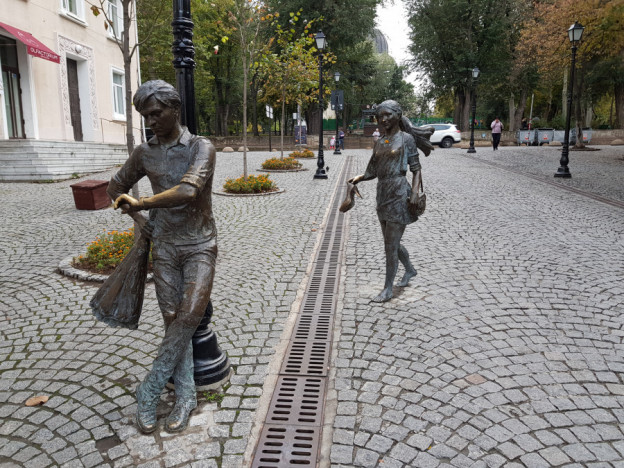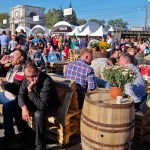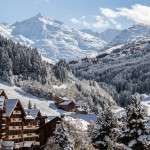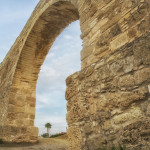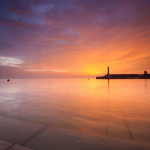Tim Cooper visits Europe’s poorest and least visited eastern outpost – and finds plenty to love in his insider guide to Moldova.
You’ve probably never heard of Stephen the Great. I hadn’t. But by the time my driver had taken me from the airport to my hotel in the centre of Chişinău had enough information to write a book. Or at least a travel article.
Moldova’s national hero is everywhere. The big street is Stephen the Great Boulevard. The big park is Stephen the Great Park. The big statue of a bloke in a crown holding a sword is – you guessed – Stephen the Great. Or, to give him his full name in the local language: Ștefan cel Mare și Sfânt.
The great man won 40 out of his 42 battles about 500 years ago, according to my taxi driver. That figure goes up or down depending on who you talk to, but the margin of his Klopp-like winning streak stays pretty much the same. In a country crushed by conquerors time and again over the centuries, it’s not hard to work out what made Stephen so Great.

So, who is he? We’ll come to that.
First in my insider guide to Moldova we come to Chişinău, which means trying to tell your friends where it is. Moldova, you say. And then they ask where Moldova is. So you tell them: it’s a landlocked former Soviet republic (once called Moldavia; later Bessarabia) on the eastern edge of Europe, bordered by Romania on the west and Ukraine on the east. And it’s less than three hours away by plane.
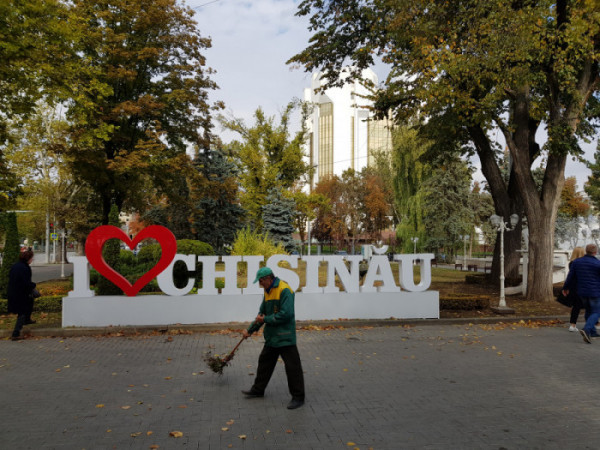
Chişinău is the capital. And when you get there you’re in for a shock. Well, several. Moldova is the poorest country in Europe by almost every economic measure and was only freed from the shackles of Soviet occupation in 1991. And you won’t be rubbing shoulders with many tourists – Moldova is also the least visited country in Europe. But it’s keen for your custom, and it’s got everything you want from a city break – cheap and plentiful food and drink, enough culture to keep you busy, a walkable city centre, friendly locals and, increasingly, decent hotels at affordable prices.
Experience Moldovan wines
First you need to know that it’s not pronounced how you thought it was. You’re not in Chizzy-now, you’re in Keeshy-now (now). Not many people know that. Equally few know that Moldova is famous for its wines, which is mostly why I’m there – for the annual National Wine Festival, held every October. Moldova/Moldavia has been making wine for 5,000 years and boasts the world’s greatest density of vineyards (as in vines per person). Wine makes up a quarter of all their exports; unfortunately for us, the quality of Moldovan wine is not such a well-kept secret in Russia and that’s where nearly all of them end up.
However, all is not lost. There are a few importers in the UK and the Moldovan wine industry has been modernising fast since independence, with massive investment in modern machinery, technology and new vines, along with an upsurge in new vineyards and a growing interest in the region’s unfamiliar native grapes.
Brexit may help (I know, you don’t hear that often) by opening up new non-EU markets like Moldova; so too will a visit to Chişinău during the wine festival. For one weekend a year the city’s central square, Cathedral Park (right next to Stephen the Great Park) and surrounding streets are filled with stalls representing around 100 local producers offering tastings, along with folk dancing in traditional costumes, pop music, parades and masses of tasty barbecues.
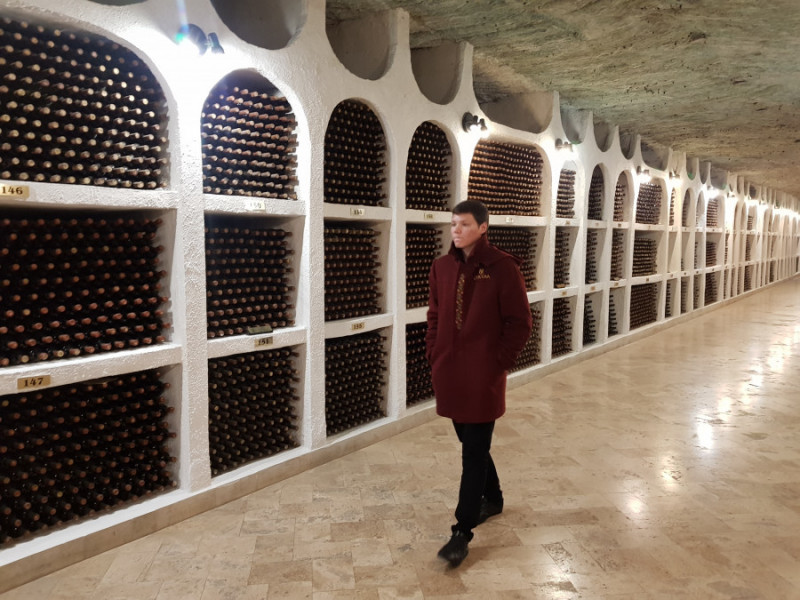
Visitors get their own tasting cup and vouchers to sample the different styles from countless colourful stalls. Several of the wineries can be visited by tourists – and it’s well worth doing so, since the delights of Chişinău, such as they are, can be exhausted in a day or two. Many visitors opt for a tour of the state-owned Cricova winery, not just for the wine-tasting at the end of the tour, but to experience the subterranean world where the wines are stored in 75 miles of underground tunnels.
Wide enough for vehicles to drive through, they are relics of the winery’s former incarnation as a limestone mine dating back to the 15th century, but perfect for storing more than a million bottles of wine – including Vladimir Putin’s private collection – thanks to their perfect year-round temperature of 12-14 degrees.
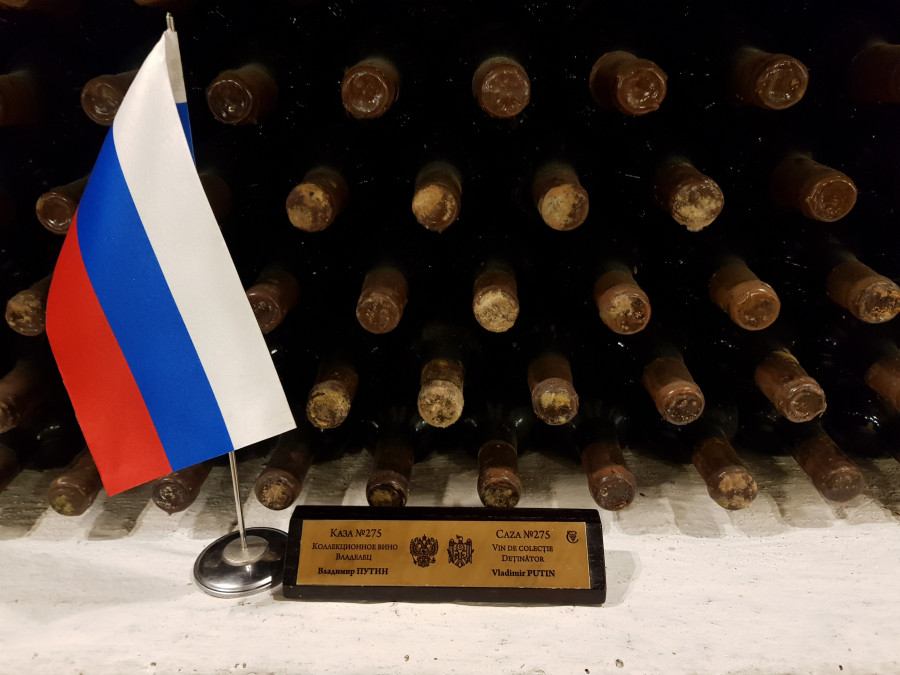
There are even more underground tunnels at Mileştii Mici, founded in 1969 in another old limestone mine stretching for more than 130 miles of tunnels – 35 of them used for wine storage – and housing more than two million bottles: the biggest wine cellar in the world, according to the Guinness Book of Records.
New wineries have been popping up with increasing frequency since the end of Moldova’s post-war Soviet occupation in 1991. Many use modern production techniques imported from top Italian and French manufacturers, like Asconi – founded in 1994 in Puhoi village – and the small family-run Et Cetera vineyard in the southeast of the country, opened in 2009 by the Luchianov brothers.
A tour of Chateau Vartely, another new vineyard just 45 minutes from Chişinău, can be combined with a visit to Curchi Monastery, deep in Orhei Forest. Most of Moldova’s many monasteries were shut down during Soviet rule and turned into orphanages but many, like Curchi, have since been restored and are well worth a visit – though the garish modern decor can come as something of a surprise.
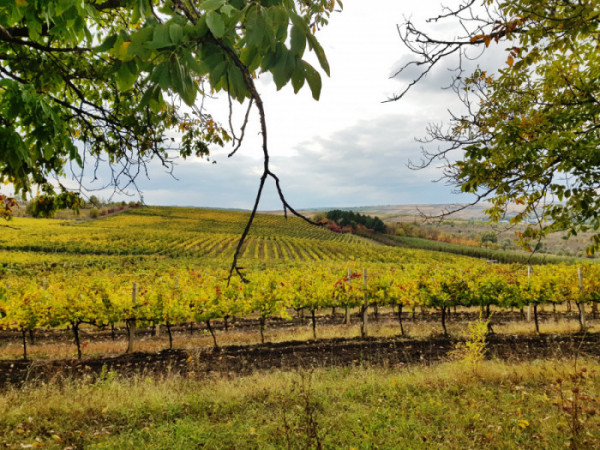
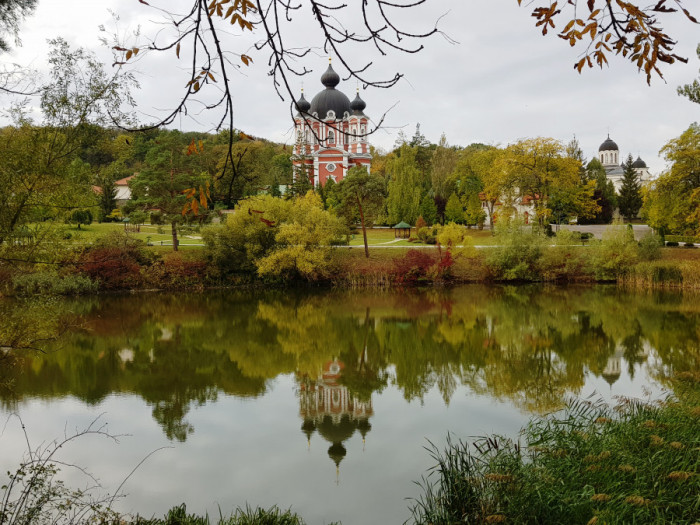
On the same trip, visitors should be sure to stop at spectacular Orheiul Vecchi (Old Orhei) and walk around the enchanting medieval village, filled with Insta-opps, before clambering down stone steps into its centuries-old cave monastery carved deep into the rocks on a vertiginous mountainside… complete with an elderly resident monk. An hour’s drive north is the spectacular Tipova Monastery, carved into stone on a bank of the Nistru River and dating back as far as the 11th century, where Holy Cross Church is joined by an underground passage to St Nicholas Church.
How about beer instead?
But there is more to this Insider guide to Moldova – and Chişinău – than wine. Beer, for example. The craft beer revolution has arrived, with several breweries in Chisinau and others around the country. So while tattooed-and-bearded hipsters are thin on the ground, you’ll have no trouble finding a powerful locally brewed pale ale. At the superb Taproom 27 just off the main drag, you can sample some of the bewildering array of local brews from Labrewtory, Litra or Tenemur, or an exotic Elvis Porter from Duhoi. Or try all of them by ordering a flight of small glasses which go down rather too well with their addictive macaroni cheese balls. There’s even a craft brewery, Lumen Craft, at Chisinau airport.
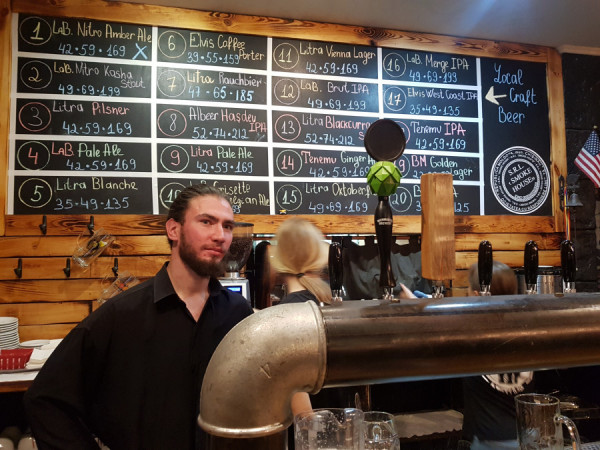
Moldovans also love coffee: there are hole-in-the-wall stalls for quick refills that cost a few pence, or drop in at Tucano – Chişinău’s answer to Starbuck’s – where you’ll find the local laptop brigade hunched over their screens with a flat white and a muffin. Just like home. Or, for a fairly authentic French atmosphere, not to mention tasty patisseries and croques monsieurs, take a café au lait at nearby Crême de la Crême.
Eat like a local
Moldovan cuisine may not be much to write home about and, like most of eastern Europe, vegetables are regarded with suspicion. But there are local delicacies such as the polenta-like cornmeal porridge called mamaliga, cabbage rolls (golubti) and soups like borsht (beetroot), zama (chicken and noodle), and chorba (meat and veg), solyanka (ditto), which are often sour. And be sure to try the unattractively named placinta – a pastry stuffed with a range of savoury or sweet fillings, not all of them involving cabbage – and a puff pastry adaptation called vertuta. La Placinte is an excellent chain serving its namesake in many varieties.
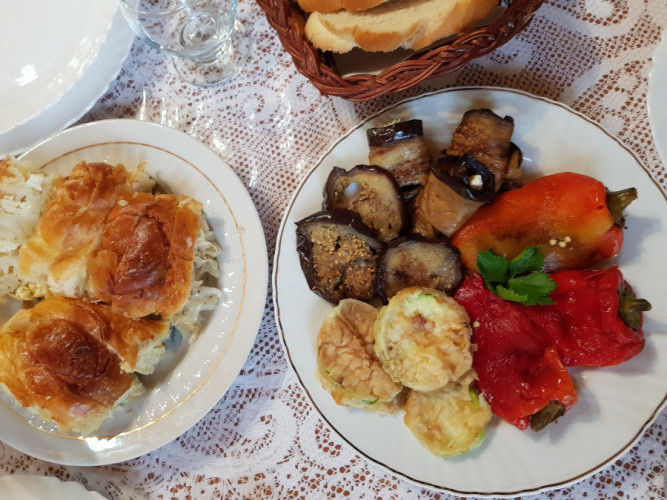
For a traditional Moldovan meal, La Taifas offers a pricier and more touristy experience with waiters in traditional costume. Or for something a bit different Gok-Okuz serves the cuisine of Uzbekistan and Gagauzia, the autonomous region in the south of Moldova. There’s upmarket Asian food at Jeraffe and there are plenty of fast-food options, both international (including McDonalds) and local – pastries at a branch of the ubiquitous Franzeluta, or pick up a pastrami at one of the Carmez stores, easily spotted by their gaudy red signs.
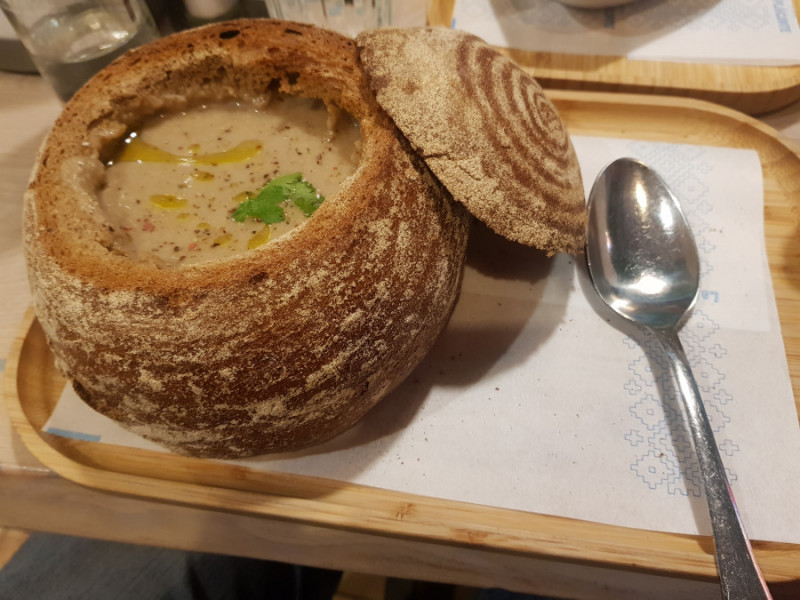
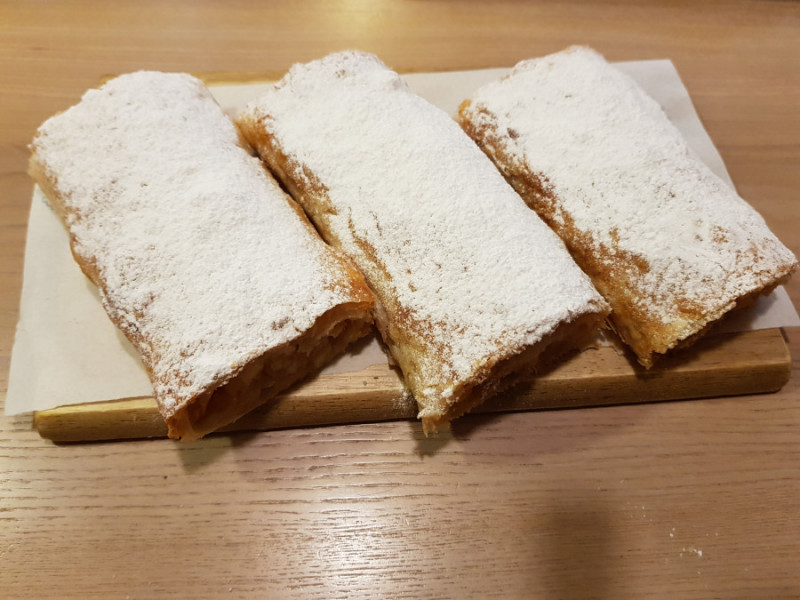
When it comes to exploring the city, you will probably be staying close to Cathedral Park, which is lined on one side by flower stalls, mostly selling roses. You can take your bearings from the neoclassical dome of the Nativity Cathedral at the centre, surrounded by park benches beneath the trees, offering welcome shade for young people like to congregate and canoodle on a balmy summer evening.
Alternatively, orient yourself from Stephen The Great himself – he’s the big guy on a plinth at the gateway to Stephen The Great Park, wearing a crown, leaning a sword and holding a holy cross in the air. The 15th-century ruler of Moldavia was skilled at playing off rival superpowers – the Ottoman Empire, Poland and Hungary – and ruled his country with a rod of iron. Literally… as an enthusiastic impaler, slaver, prosecutor of Jews and sacrificer of gipsies, making him not all that Great by today’s standards (though probably best not to mention that to a Moldovan).
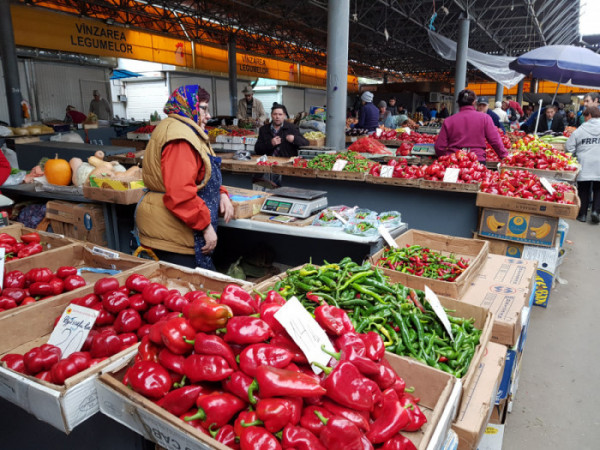
Walk one way, through the Triumphal Arch and along the main shopping street (yep, you guessed, Stephen The Great Boulevard), and you will soon come to the central market that sprawls for half a mile, selling everything from fruit and veg to pants and bras – and traditional Moldovan sheepskin căciulă hats.
For more souvenirs, cross the road to the Artists’ Square (“Arbat” to the locals), filled with traditional musical instruments (pipes and flutes of various kinds) and Soviet memorabilia (medals, badges, pins), as well as tackier offerings ranging from national costume to carpets, woven baskets and wood-carved trinkets.
Walk the other way, past Stephen The Great Park (obvs) and the road becomes a massive thoroughfare wide enough to accommodate a convoy of tanks – almost certainly the reason the Soviets built it – where you come to a row of imposing public buildings. First up is the Parliament building, a massive modern structure shaped like an open book built in the 1970s to house the Communist Party headquarters.
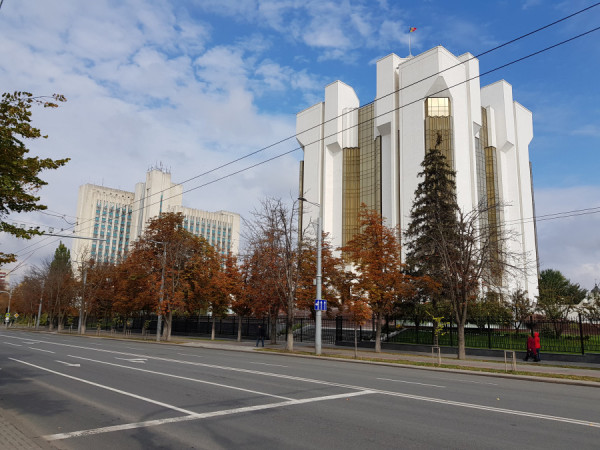
On the other side stands the spectacularly garish Presidential Palace, built in the 1980s (for the Supreme Soviet of the Moldavian Soviet Socialist Republic) and recently reopened after renovation by President Dodon, who keeps a huge wine cellar beneath it (as you would).
Museums are few but it’s definitely worth a visit to the National Museum of History is worth a visit, which gives visitors a grasp of the complicated background to the country, and the National Museum of Ethnography and Natural History. It’s a little off the beaten track but worth the walk, perhaps more for the mosque-like neo-Moorish building itself than what’s inside, which involves a lot of archaeological artefacts and dinosaur bones (and not in English).
There’s also the National Arts Museum: housed in a grand 19th century building which somehow survived Soviet conversion into a school, gymnasium, hospital and warehouse, its gleaming-white interior houses columns and a geometric staircase – and impressive exhibitions ranging from religious icons to contemporary artists. One tip: be prepared for the museum staff (invariably old ladies) to save valuable electricity by scurrying along in front and behind you to switch the lights on and off in each room you visit.
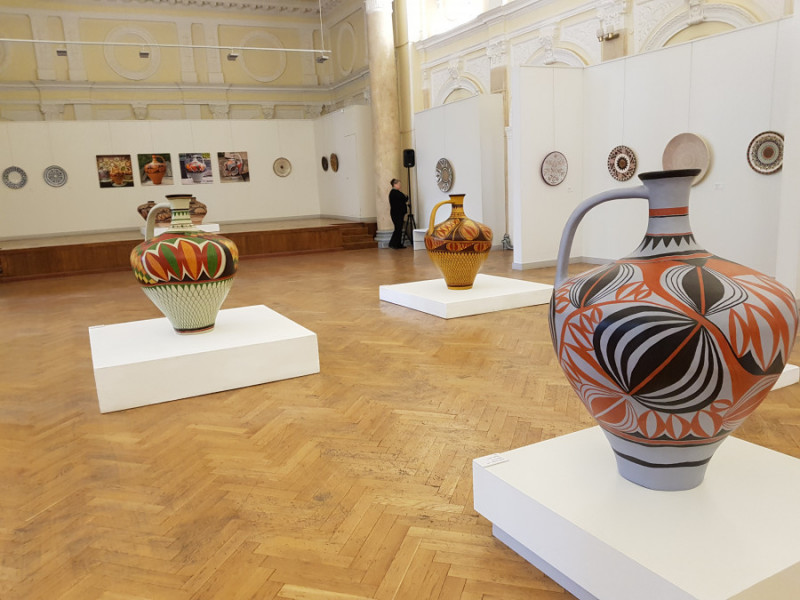
When the walking gets too much, there’s Valea Morilor Park: a serene spot in the summer with its own man-made beach beside the lake and notable for its Cascade Staircase – at 211 steps, even longer than the more famous ones in Odessa, where civilians were horribly massacred in a famous cinema scene recreated in Eistensein’s vintage classic Battleship Potemkin.
Other places of interest around the capital include a small but important monument to Holocaust victims at the site of the old Jewish ghetto that once housed 50,000 in central Chisinau – on a corner of the aptly named Jerusalem Street – commemorating the mass murder and deportation of Jews to death camps following the Nazi-Romanian occupation in 1941.
Other hidden delights include the Armenian Church, the Afghan war memorial, the Bulgarian memorial chapel and the modest Chisinau spring monument (which gave the city its name) at the foot of a hill topped by one of Chisinau’s oldest buildings, the Mazarachi church.
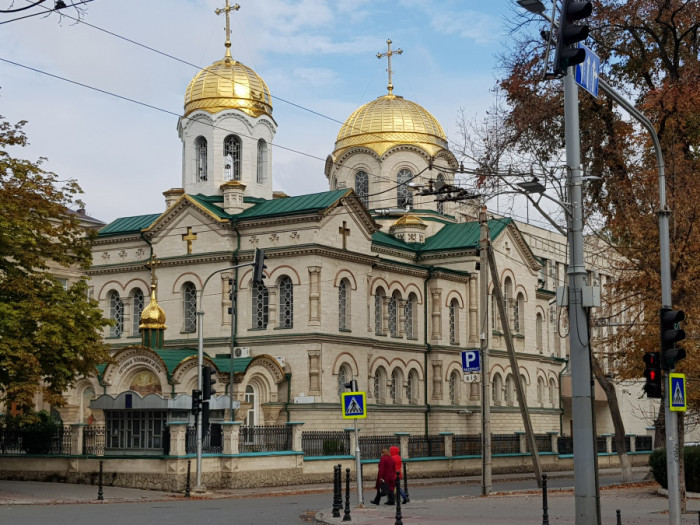
One word of warning for your perambulations: watch your step. Not because of street crime (there’s none, or virtually none) but because street lighting – and pavements – remain a rare luxury. You might easily find yourself (as I did) in pitch darkness only a few metres from the central squares, stumbling along roads pitted with potholes and literally bumping into people coming the other way. Thank goodness for mobile phone torches!
Where to stay for this insider guide to Moldova
Most hotels are clustered around Cathedral Square. You could pay around £100 a night for a double at the Radisson Blu Leogrand Hotel, with panoramic views from its top-floor bar and Asian fusion restaurant, Zaxi, Berd’s Design Hotel (with an Italian restaurant, Mezzo), or nearby Nobil Luxury Boutique Hotel.
I stayed at the Bristol Central Park Hotel (opposite the Radisson), which also has an excellent top-floor bar and restaurant. At the more affordable end, and a little further from the centre, Home Sweet Home has doubles for £35 and the highly rated Amazing Ionika Hostel is central, with dorm beds from £7 and individual doubles from £18.
Tell me more about this insider guide to Moldova
Getting there: Tim Cooper travelled with Wizz Air, which flies to Chisinau from Luton from £61 return. Regent Holidays organise various trips to Moldova for groups and individuals, including the Taste of Moldova group tour for the National Wine Festival – held this year from October 2-6 – from £1,175 pp.
Flight time: Direct flights to Chisinau take around 2 hrs 50 mins hours on Wizz Air from Luton.
Currency: Moldovan lei. £1 is approximately 26 lei.
Language: Romanian is used by 80% of people; English and Russian are also widely spoken.
Time difference: Two hours ahead of the UK.
Transport: Chisinau is small enough to walk and there are plenty of cabs. The trolley bus is the best bargain in Europe at 1 leu (0.05p) for a journey.
Hotels:

